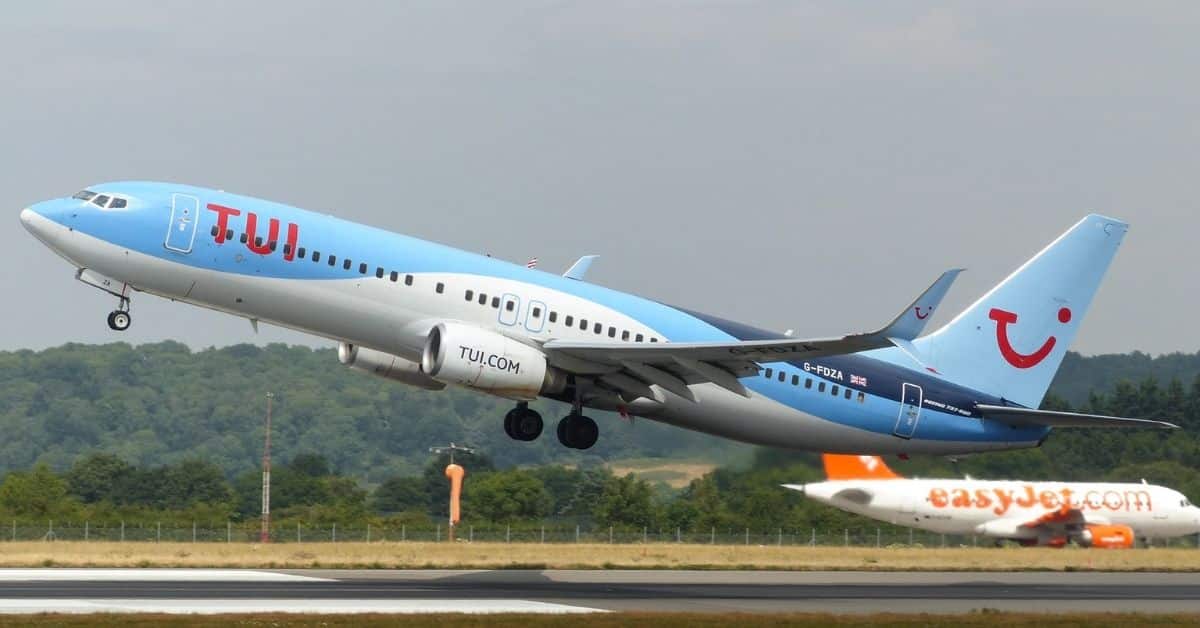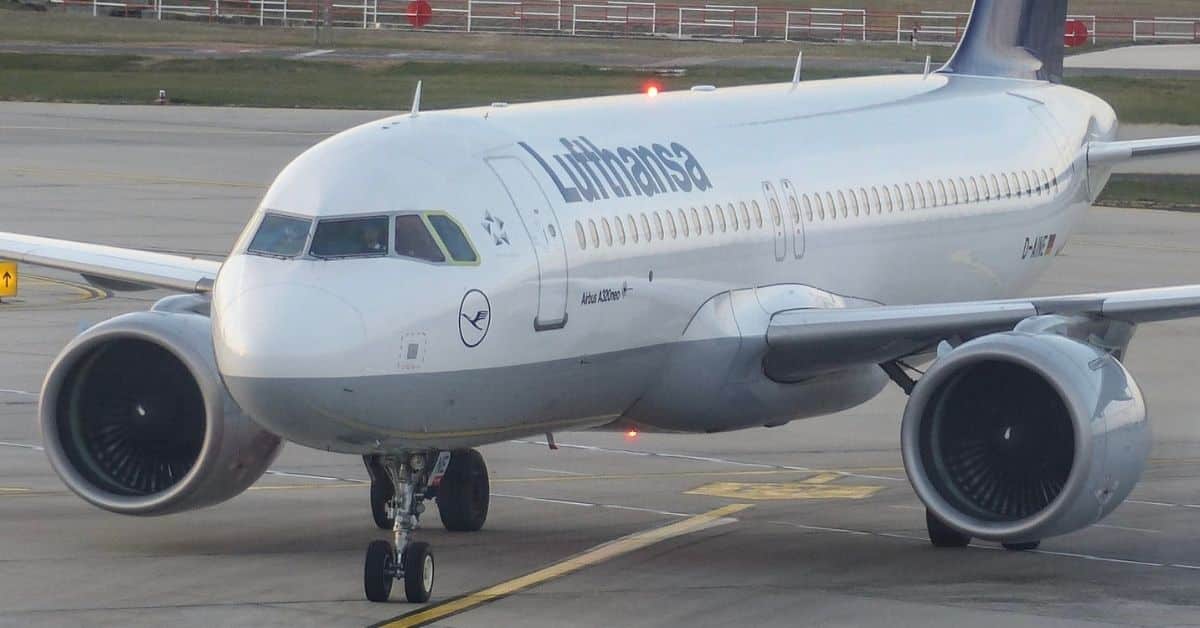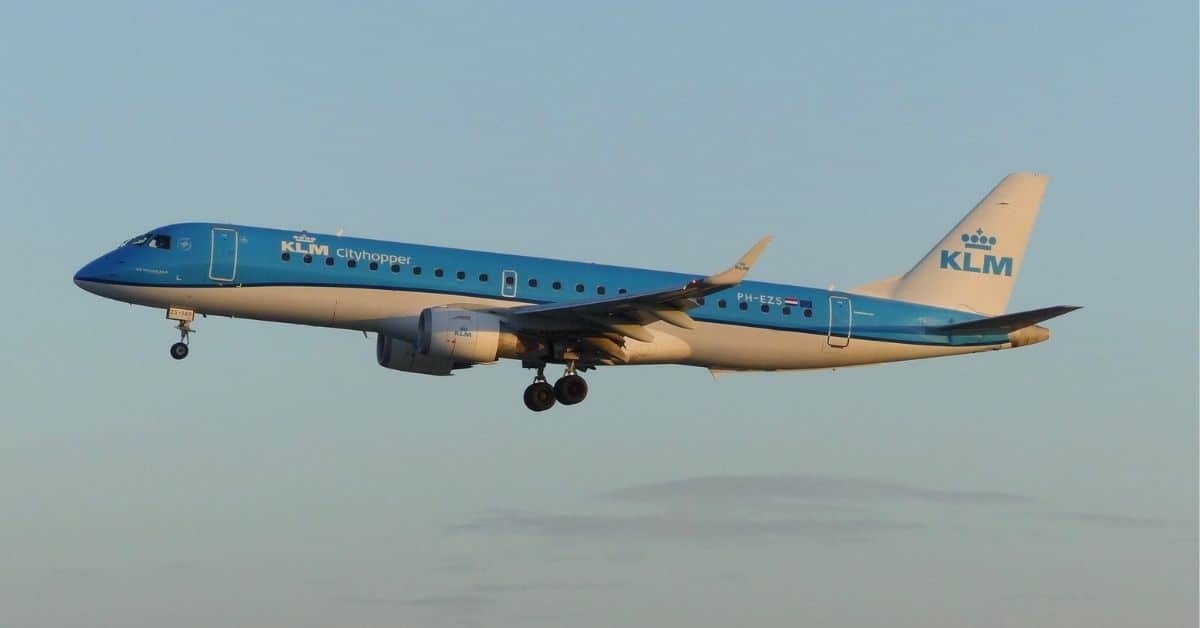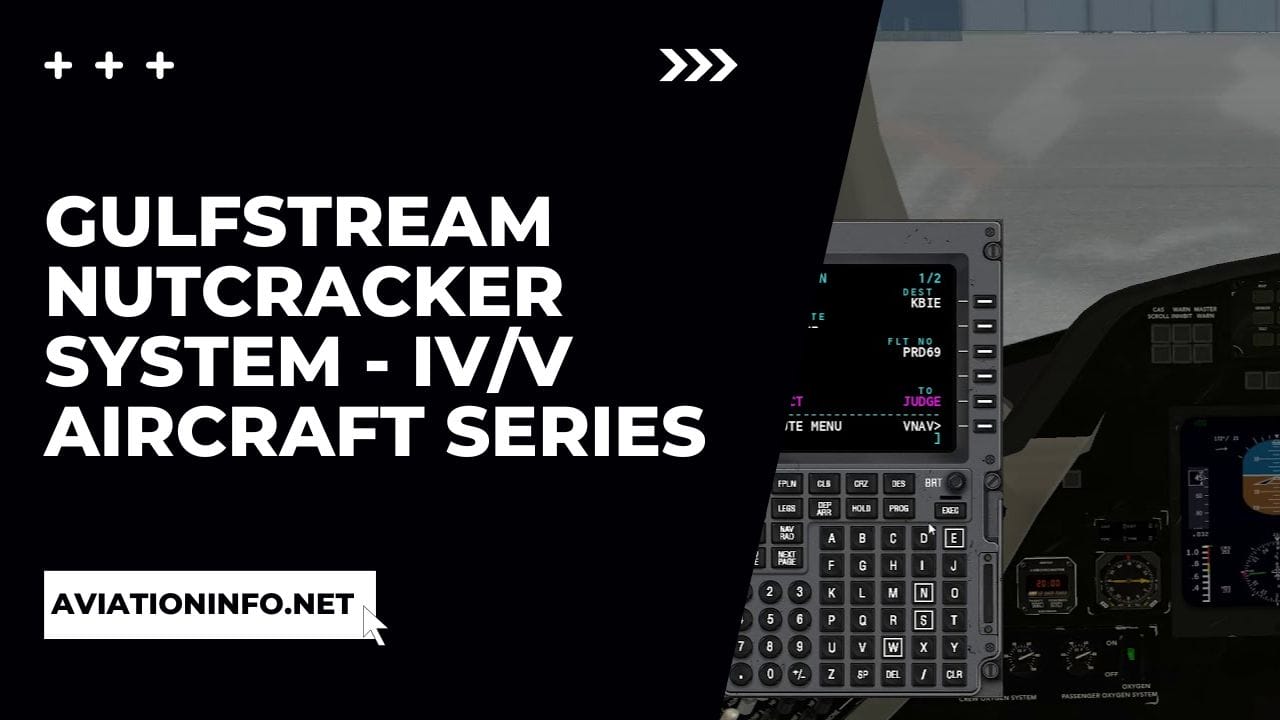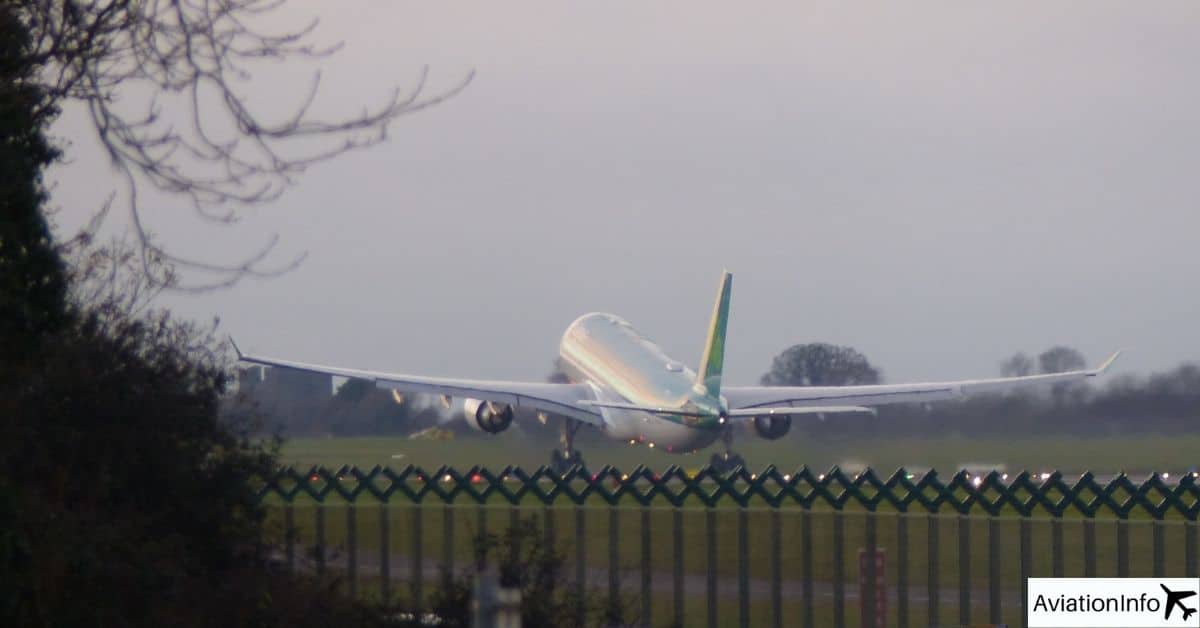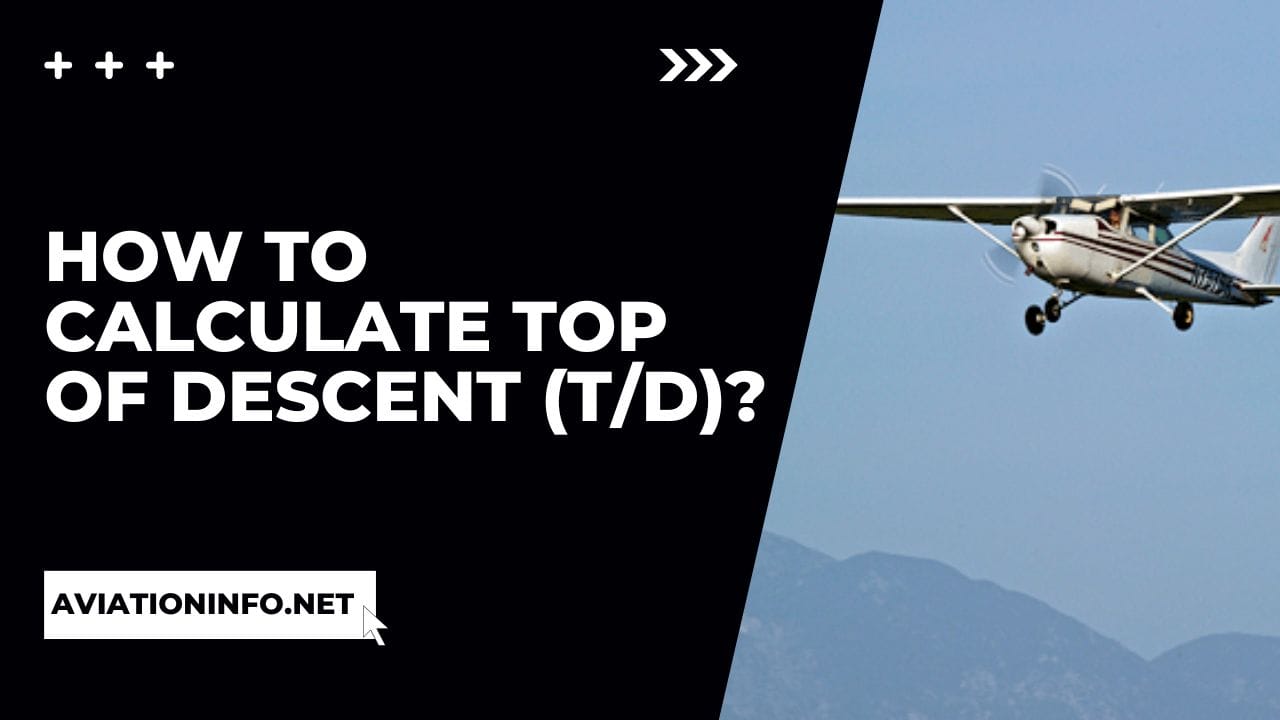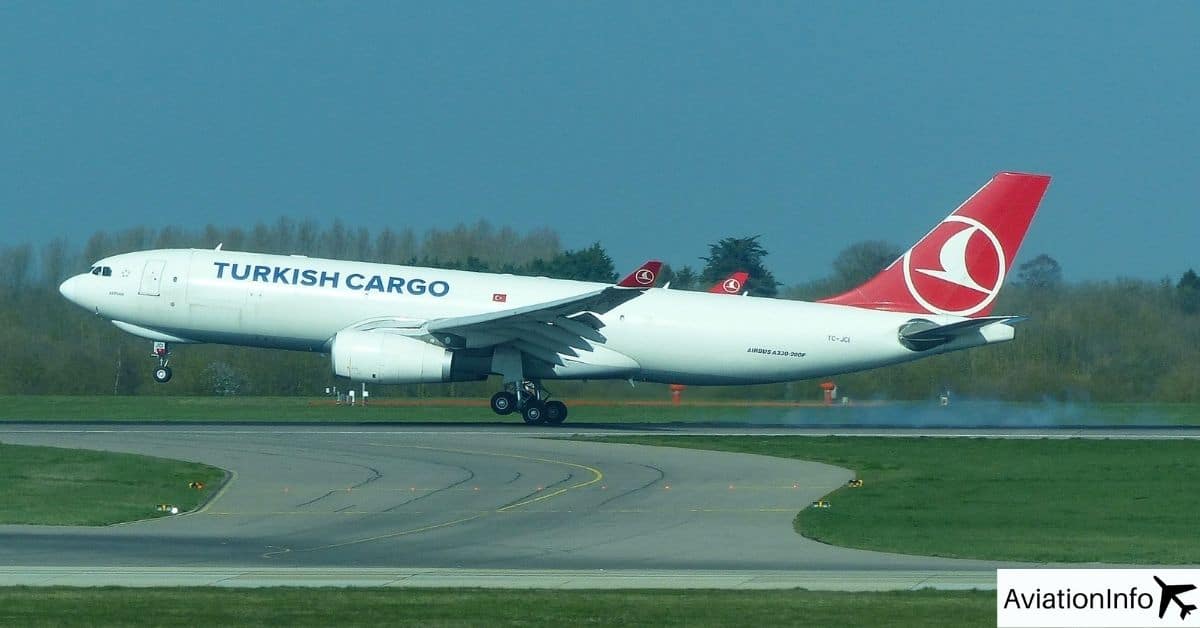How Much Snow Does It Take to Cancel a Flight?
You’ve probably heard that bad weather can affect a scheduled flight. Chances are, you’re one of the many passengers who experienced a delayed flight because of too much snow. So, how much snow does it take to cancel a flight? Well, canceling a flight isn’t based on how much snow there is, but on how … Read more


